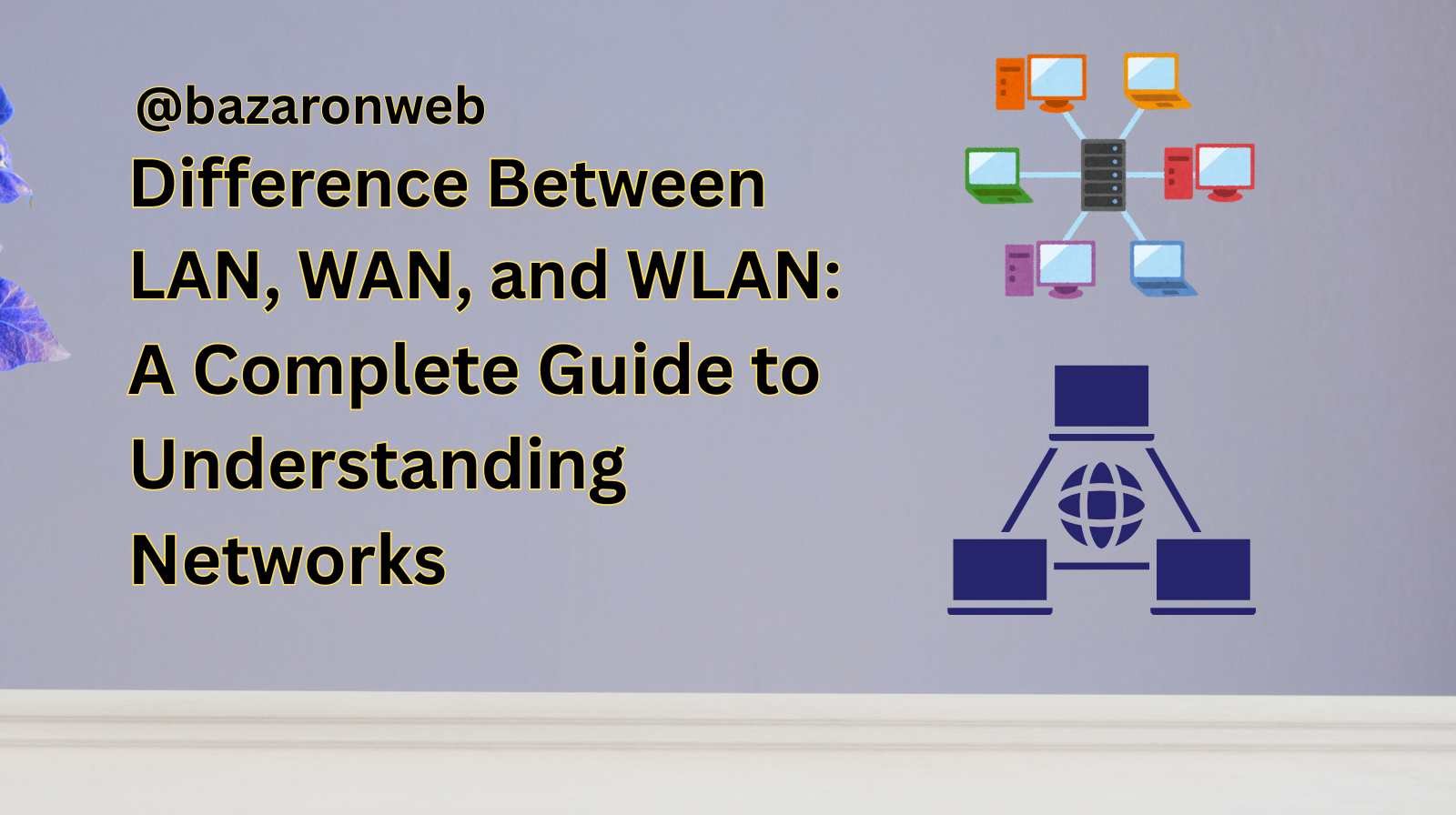Category
Popular Articles
- AI (12)
- Android (38)
- App Suggest (4)
- Apple (15)
- Apple TV (2)
- Bluetooth (3)
- Cars (2)
- ChatGpt (1)
- Chrome (2)
- Did you know? (1)
- E-Commerce News (1)
- Ecommerce Websites business (7)
- Electronics Shopping (5)
- Fashion Tips (3)
- Gaming (4)
- Google Gemini (3)
- Hair Care Tips (2)
- How to (13)
- iCloud (1)
- Infotainment System (1)
- Iphone (101)
- Job Posting (1)
- Lifestyle (3)
- Mac (20)
- Mobile Games (1)
- Netflix (1)
- Online Shopping Websites (2)
- Personal Finance Management (3)
- Product Reviews (3)
- Roku TV (4)
- Samsung (9)
- Shopping Tips (10)
- Spotify (1)
- Tech (92)
- Windows 11 (18)
- Zero Waste (3)
Discounted Products
-
 Leo Creation 144 TC Cotton Double Jaipuri Prints Flat Bedsheet(Pack of 1, Blue, Gree, Red, Grey, Light Grey)
Leo Creation 144 TC Cotton Double Jaipuri Prints Flat Bedsheet(Pack of 1, Blue, Gree, Red, Grey, Light Grey)
₹2,999.00Original price was: ₹2,999.00.₹329.00Current price is: ₹329.00. -
 Home Garage 210 TC Cotton King Floral Fitted (Elastic) Bedsheet(Pack of 1, Grey)
Home Garage 210 TC Cotton King Floral Fitted (Elastic) Bedsheet(Pack of 1, Grey)
₹999.00Original price was: ₹999.00.₹299.00Current price is: ₹299.00. -
 Goodrik 140 TC Cotton Double 3D Printed Flat Bedsheet(Pack of 1, Brown)
Goodrik 140 TC Cotton Double 3D Printed Flat Bedsheet(Pack of 1, Brown)
₹499.00Original price was: ₹499.00.₹229.00Current price is: ₹229.00. -
 GLOBALSHOP 350 TC Microfiber Double Floral Flat Bedsheet(Pack of 1, Multicolor)
GLOBALSHOP 350 TC Microfiber Double Floral Flat Bedsheet(Pack of 1, Multicolor)
₹1,250.00Original price was: ₹1,250.00.₹263.00Current price is: ₹263.00. -
 RisingStar 250 TC Microfiber King Printed Fitted (Elastic) Bedsheet(Pack of 1, FITTED-ROUND-CIRCLES-PREMIUM)
RisingStar 250 TC Microfiber King Printed Fitted (Elastic) Bedsheet(Pack of 1, FITTED-ROUND-CIRCLES-PREMIUM)
₹2,299.00Original price was: ₹2,299.00.₹299.00Current price is: ₹299.00. -
 Home Garage 210 TC Cotton King Floral Fitted (Elastic) Bedsheet(Pack of 1, Fitted Black Green)
Home Garage 210 TC Cotton King Floral Fitted (Elastic) Bedsheet(Pack of 1, Fitted Black Green)
₹1,299.00Original price was: ₹1,299.00.₹299.00Current price is: ₹299.00. -
 Home Garage 180 TC Cotton King 3D Printed Flat Bedsheet(Pack of 1, White)
Home Garage 180 TC Cotton King 3D Printed Flat Bedsheet(Pack of 1, White)
₹999.00Original price was: ₹999.00.₹229.00Current price is: ₹229.00. -
 Home Sizzler 153 cm (5 ft) Polyester Room Darkening Window Curtain (Pack Of 2)(Floral, Maroon)
Home Sizzler 153 cm (5 ft) Polyester Room Darkening Window Curtain (Pack Of 2)(Floral, Maroon)
₹799.00Original price was: ₹799.00.₹299.00Current price is: ₹299.00. -
 Panipat Textile Hub 152.4 cm (5 ft) Polyester Window Curtain (Pack Of 2)(Solid, Aqua)
Panipat Textile Hub 152.4 cm (5 ft) Polyester Window Curtain (Pack Of 2)(Solid, Aqua)
₹1,899.00Original price was: ₹1,899.00.₹299.00Current price is: ₹299.00. -
 Home Sizzler 214 cm (7 ft) Polyester Semi Transparent Door Curtain (Pack Of 2)(Floral, Maroon)
Home Sizzler 214 cm (7 ft) Polyester Semi Transparent Door Curtain (Pack Of 2)(Floral, Maroon)
₹1,199.00Original price was: ₹1,199.00.₹399.00Current price is: ₹399.00. -
 Home Sizzler 153 cm (5 ft) Polyester Room Darkening Window Curtain (Pack Of 2)(Floral, Brown)
Home Sizzler 153 cm (5 ft) Polyester Room Darkening Window Curtain (Pack Of 2)(Floral, Brown)
₹799.00Original price was: ₹799.00.₹299.00Current price is: ₹299.00. -
 Stella Creations 214 cm (7 ft) Polyester Room Darkening Door Curtain (Pack Of 2)(Abstract, Brown)
Stella Creations 214 cm (7 ft) Polyester Room Darkening Door Curtain (Pack Of 2)(Abstract, Brown)
₹1,299.00Original price was: ₹1,299.00.₹449.00Current price is: ₹449.00. -
 Homefab India 152.5 cm (5 ft) Polyester Room Darkening Window Curtain (Pack Of 2)(Floral, Light Blue)
Homefab India 152.5 cm (5 ft) Polyester Room Darkening Window Curtain (Pack Of 2)(Floral, Light Blue)
₹1,199.00Original price was: ₹1,199.00.₹319.00Current price is: ₹319.00. -
 Urban Home 214 cm (7 ft) PVC Transparent Door Curtain Single Curtain(Solid, Off White)
Urban Home 214 cm (7 ft) PVC Transparent Door Curtain Single Curtain(Solid, Off White)
₹699.00Original price was: ₹699.00.₹203.00Current price is: ₹203.00. -
 Panipat Textile Hub 213 cm (7 ft) Polyester Door Curtain (Pack Of 2)(Solid, Brown)
Panipat Textile Hub 213 cm (7 ft) Polyester Door Curtain (Pack Of 2)(Solid, Brown)
₹1,199.00Original price was: ₹1,199.00.₹349.00Current price is: ₹349.00.
Affiliate Links
Promotion

If you’re like me—balancing work, family, and a lot of gadgets—you probably connect to the internet dozens of times a day without thinking much about what’s happening behind the scenes. But when shopping for a new router, setting up Wi-Fi at home, or even troubleshooting a slow connection, terms like LAN, WAN, and WLAN start popping up everywhere.
At first, these acronyms can sound a bit overwhelming. Don’t worry—I’m going to break them down for you in the simplest way possible. By the end of this guide, you’ll know exactly what each one means, how they differ, and which one matters most in your daily life.
What is LAN (Local Area Network)?
LAN stands for Local Area Network. It’s the most common type of network you’ll encounter in homes, schools, or offices. A LAN connects devices within a small, localized area—like your house, a classroom, or a single office building.
Example:
When your laptop, printer, and desktop computer are connected to the same Wi-Fi or wired router at home, they are part of a LAN.
Key Features of LAN:
- Coverage Area: Small and localized (one room, building, or campus).
- Speed: Typically very fast, often 100 Mbps to 10 Gbps.
- Ownership: Usually owned, set up, and maintained by individuals or organizations.
- Technology: Can be wired (Ethernet cables) or wireless.
Everyday Uses of LAN:
- Sharing files between devices in the same location.
- Printing documents over a shared printer.
- Playing multiplayer games on the same network.
What is WAN (Wide Area Network)?
WAN stands for Wide Area Network. Unlike LAN, which covers a small area, WAN spans across large geographical regions—cities, countries, or even the whole world.
Example:
The internet itself is the largest WAN in existence. Your local LAN at home connects to your Internet Service Provider (ISP), which connects to other networks, creating a WAN.
Key Features of WAN:
- Coverage Area: Very large, covering multiple cities, states, or countries.
- Speed: Typically slower than LAN because of the distance and amount of data being transferred.
- Ownership: No single entity owns a WAN; it’s a collection of networks connected together.
- Technology: Uses routers, public networks, leased lines, satellites, and undersea cables.
Everyday Uses of WAN:
- Browsing websites hosted across the world.
- Video calls with friends or colleagues in another country.
- Streaming Netflix shows from global servers.
What is WLAN (Wireless Local Area Network)?
WLAN stands for Wireless Local Area Network. It’s a type of LAN but with one major difference: it uses wireless technology (Wi-Fi) instead of physical cables to connect devices.
Example:
When your smartphone connects to your home Wi-Fi router, that’s a WLAN in action.
Key Features of WLAN:
- Coverage Area: Similar to LAN, but limited by Wi-Fi range (usually 30–300 feet).
- Speed: Can be as fast as wired LAN if using modern Wi-Fi standards (Wi-Fi 6 or Wi-Fi 6E).
- Ownership: Set up and managed by individuals or organizations.
- Technology: Uses radio waves to connect devices.
Everyday Uses of WLAN:
- Streaming videos on your phone over home Wi-Fi.
- Connecting smart home devices like Alexa or smart TVs.
- Working on a laptop wirelessly at a coffee shop.
LAN vs WAN vs WLAN: Side-by-Side Comparison
Here’s a quick table to summarize the differences:
| Feature | LAN (Local Area Network) | WAN (Wide Area Network) | WLAN (Wireless Local Area Network) |
|---|---|---|---|
| Coverage Area | Small (building, campus) | Very large (country/world) | Small (wireless within LAN range) |
| Connection | Wired or wireless | Multiple LANs connected | Wireless (Wi-Fi) |
| Speed | Very fast (100 Mbps–10 Gbps) | Slower than LAN | Fast, depends on Wi-Fi standard |
| Ownership | Individual/organization | Multiple providers/networks | Individual/organization |
| Example | Home or office network | The internet | Home Wi-Fi, public hotspots |
Real-Life Analogy to Understand
Think of it like this:
- LAN is your neighborhood—a small, close-knit community.
- WAN is the entire country—huge, connecting many neighborhoods.
- WLAN is like your household within the neighborhood—everything connected wirelessly inside your home.
Why Does It Matter When Buying Gadgets?
Understanding LAN, WAN, and WLAN isn’t just tech jargon—it impacts the devices and services you choose.
1. For Home Users
If you’re setting up internet at home, your LAN and WLAN are what you’ll interact with most. You’ll want a router that supports fast Wi-Fi (WLAN) and a good broadband plan (WAN connection).
2. For Students
Knowing LAN helps when connecting to campus networks for shared resources like printers, while WAN ensures you can reach global resources like cloud apps.
3. For Professionals
Remote work often involves connecting your home LAN to your company’s WAN via VPN (Virtual Private Network). WLAN helps you stay mobile within your house without being tied to a cable.
Advantages and Disadvantages
LAN
✅ High speed
✅ Easy to control and secure
❌ Limited to small areas
WAN
✅ Connects the world
✅ Enables global communication and cloud access
❌ Slower and more expensive
❌ Higher security risks
WLAN
✅ Wireless flexibility
✅ Easy setup for multiple devices
❌ Limited by Wi-Fi range
❌ Can face interference from walls or other devices
Future of LAN, WAN, and WLAN
Technology is evolving, and so are these networks:
- LAN: Moving toward faster wired standards like 10 Gbps Ethernet.
- WAN: With 5G and satellite internet (like Starlink), WAN is becoming faster and more accessible worldwide.
- WLAN: Wi-Fi 6E and upcoming Wi-Fi 7 promise faster speeds and better performance in crowded areas.
In short, expect networks to become faster, smarter, and more reliable—helping us stay connected anywhere, anytime.
Final Thoughts
LAN, WAN, and WLAN may sound like complicated tech jargon, but in reality, they’re just different types of networks that keep our digital lives running.
- LAN connects devices locally.
- WAN connects networks globally.
- WLAN connects devices wirelessly within your local network.
For me, as a mom juggling family and work, understanding these basics helps me set up reliable internet at home, choose the right gadgets for my kids, and troubleshoot when something goes wrong.
So the next time you see LAN, WAN, or WLAN in your router settings or a tech spec sheet, you’ll know exactly what it means—and how it affects your digital life.
Written by Bazaronweb
Latest Tech Articles
- 5 Ways to Backup and Restore Registry Settings in Windows

- iMessage Not Syncing Between iPhone & Mac? 8 Proven Ways to Fix Account & Device Issues

- Outlook Not Receiving Emails? 8 Proven Fixes for Windows, Mac & Mobile

- Zoom Not Connecting? 7 Ways to Fix Meeting Join Errors on Windows & Mac

- Microsoft Teams Not Opening? 5 Proven Fixes to Restart Your Workspace

Products
-
![Apple Watch Ultra 3 [GPS + Cellular 49mm] Running & Multisport Smartwatch w/Rugged Titanium Case w/Black Titanium Milanese Loop - M. Satellite Communications, Advanced Health & Fitness Tracking](https://bazaronweb.com/retailstores/wp-content/uploads/2025/09/apple-watch-320x320.jpg) Apple Watch Ultra 3 [GPS + Cellular 49mm] Running & Multisport Smartwatch w/Rugged Titanium Case w/Black Titanium Milanese Loop - M. Satellite Communications, Advanced Health & Fitness Tracking
Apple Watch Ultra 3 [GPS + Cellular 49mm] Running & Multisport Smartwatch w/Rugged Titanium Case w/Black Titanium Milanese Loop - M. Satellite Communications, Advanced Health & Fitness Tracking
-
 Apple iPad mini (A17 Pro): Apple Intelligence, 8.3-inch Liquid Retina Display, 256GB, Wi-Fi 6E, 12MP Front/12MP Back Camera, Touch ID, All-Day Battery Life — Purple
Apple iPad mini (A17 Pro): Apple Intelligence, 8.3-inch Liquid Retina Display, 256GB, Wi-Fi 6E, 12MP Front/12MP Back Camera, Touch ID, All-Day Battery Life — Purple
-
 Apple AirPods Max Wireless Over-Ear Headphones, Active Noise Cancelling, Transparency Mode, Personalized Spatial Audio, Dolby Atmos, Bluetooth Headphones for iPhone – Space Gray
Apple AirPods Max Wireless Over-Ear Headphones, Active Noise Cancelling, Transparency Mode, Personalized Spatial Audio, Dolby Atmos, Bluetooth Headphones for iPhone – Space Gray
-
 Apple AirPods Pro 2 Wireless Earbuds, Active Noise Cancellation, Hearing Aid Feature, Bluetooth Headphones, Transparency, Personalized Spatial Audio, High-Fidelity Sound, H2 Chip, USB-C Charging
Apple AirPods Pro 2 Wireless Earbuds, Active Noise Cancellation, Hearing Aid Feature, Bluetooth Headphones, Transparency, Personalized Spatial Audio, High-Fidelity Sound, H2 Chip, USB-C Charging
-
 Leo Creation 144 TC Cotton Double Jaipuri Prints Flat Bedsheet(Pack of 1, Blue, Gree, Red, Grey, Light Grey)
Leo Creation 144 TC Cotton Double Jaipuri Prints Flat Bedsheet(Pack of 1, Blue, Gree, Red, Grey, Light Grey)
₹2,999.00Original price was: ₹2,999.00.₹329.00Current price is: ₹329.00.
Leave a Reply